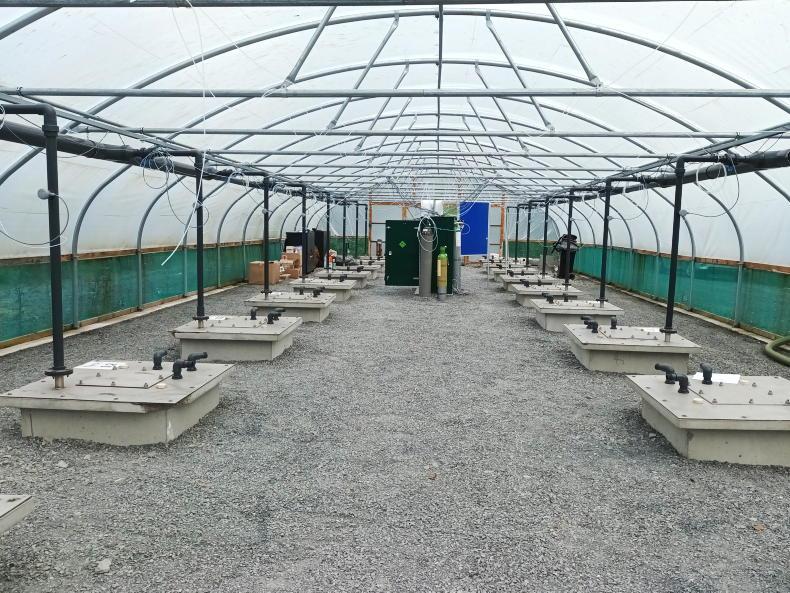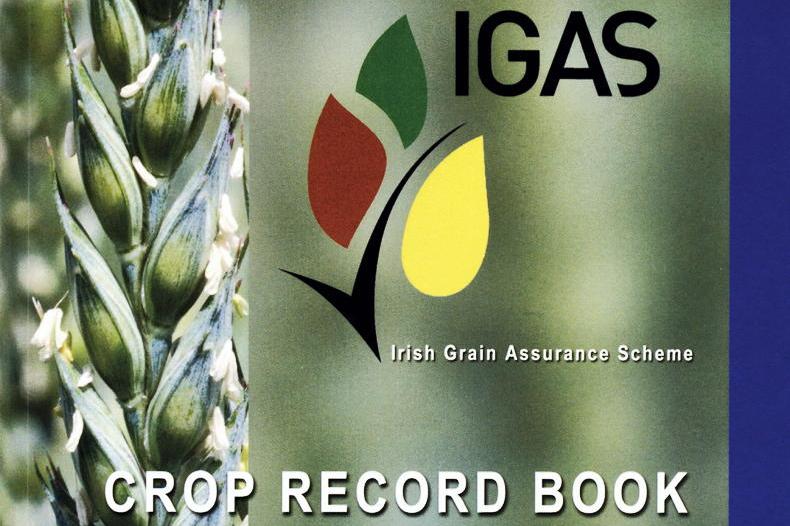Weather
There is a nice bit of rain, sleet and snow in the forecast. Amounts are unclear, but so far this week they have been enough to put a stop to work in some places. Cold weather this week and into the weekend will see sprayers left in the shed.
Some farmers will no doubt want to get some growth regulator onto thin winter cereal crops, but temperatures will need to come up and growth will need to improve first. Next week is to bring warmer temperatures.
A nice bit of sowing has been carried out over the past week, but many sowed an amount and stopped again. It is still early March, so we shouldn’t panic as rain comes in the forecast. Hopefully it will stay at low amounts. If that rain does stay away, the warmer temperatures next week should help crops to get established quicker. As St. Patrick’s Day approaches growers will be eager to move.
Nitrogen will also start to move onto winter cereal crops. This should be spread in appropriate conditions and when the crop is growing.
Urea
Last week, the tillage pages gave some advice on urea application. Urea is significantly lower in cost at present compared to CAN. However, urea is less dense than CAN and so may not travel as far.
Tray tests should be carried out to make sure you are spreading evenly across the full width of your tramlines. Even spreading generally becomes more risky over 20m widths.
Teagasc has stated that at current prices, moving to urea for the nitrogen top dressing on winter wheat on 40ha can result in a saving of over €7,000.
Beans
Beans continue to be planted across the country, and there is still plenty of time to plant. Rolling after sowing and getting a pre-emergence herbicide on is important. Remember to keep the water rate up at 200l/ha where clomazone is applied. Beans are a great chance to control some problem weeds.
P and K
Fertiliser is expensive for all at the minute, and unfortunately while prices look like they will drop somewhat, tillage farmers need to move faster in the market than others as crops go into the ground. This means purchasing at high prices.
Phosphorus (P) and potassium (K) are crucial for root development and straw strength. Do your budget and apply P and K to crops in some shape or form. It is expensive to apply, but it is also expensive to build back up indices, so try and get maintenance rates on or use other sources like organic manures.
Buffers
The Department has updated buffer rules since last week. A grass buffer is no longer needed around grazeable forage or catch crops. Previous crop volunteers will suffice.
Remember, when sowing all crops this spring you need to leave a 3m uncultivated buffer beside a watercourse. This buffer can be cultivated if grass is going to be planted.
Planting grass in the buffer may help to keep down weeds. A 6m buffer is required for late-harvested crops.









SHARING OPTIONS